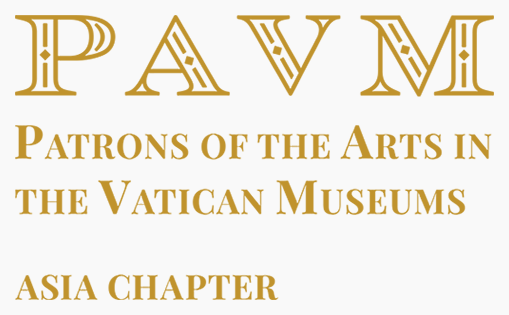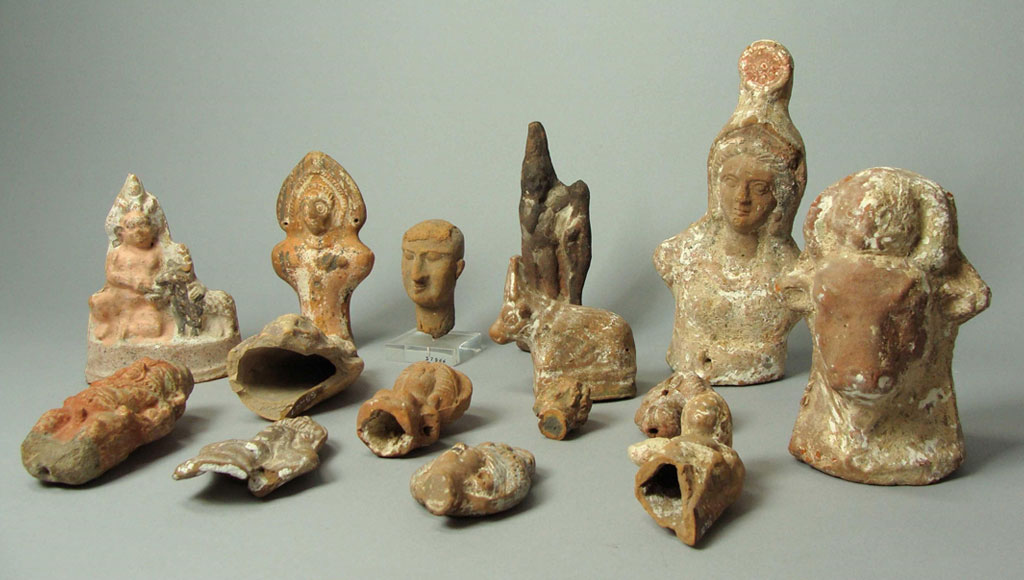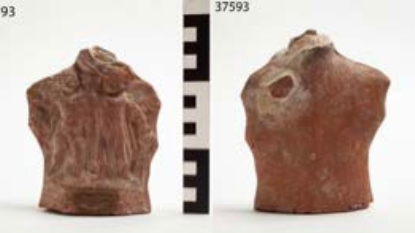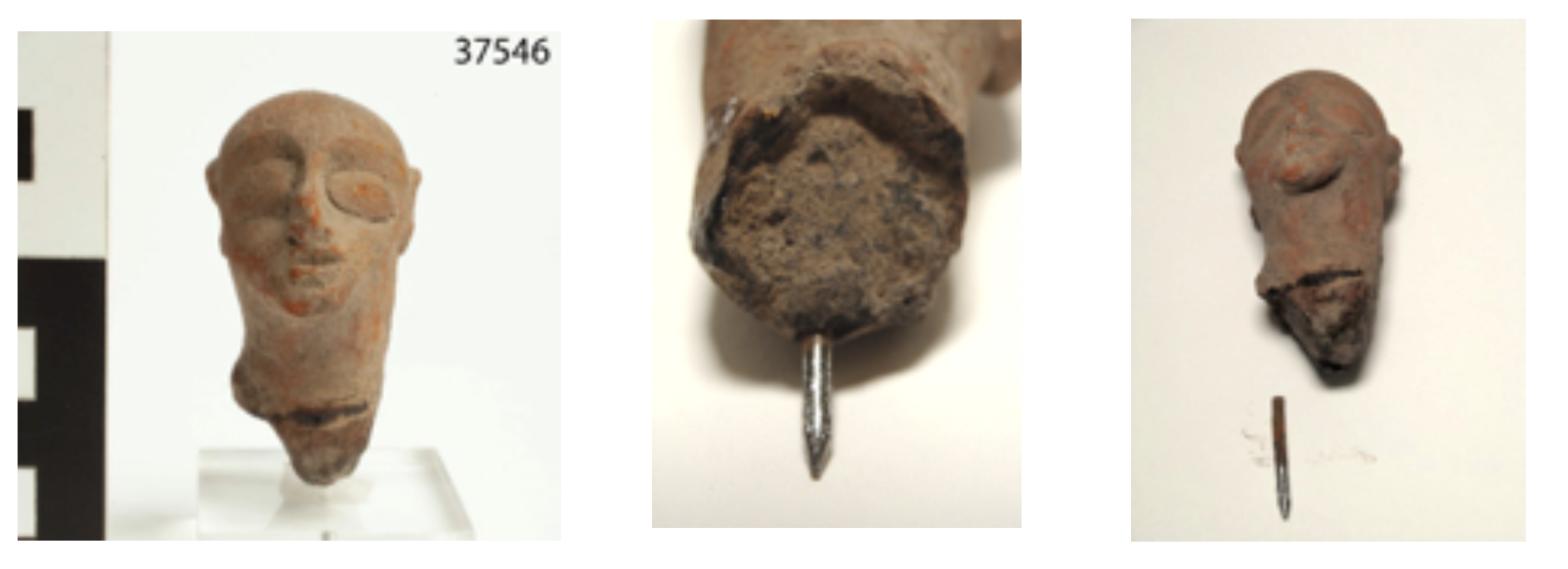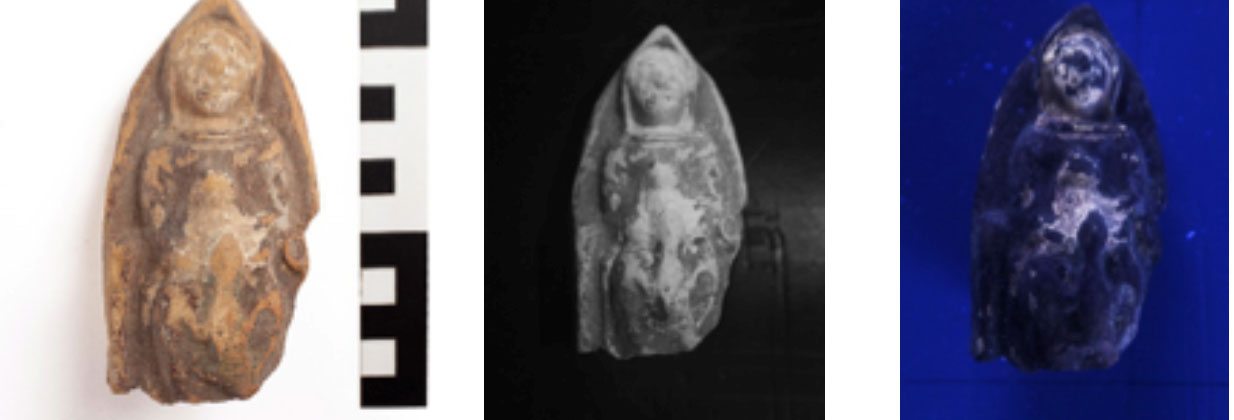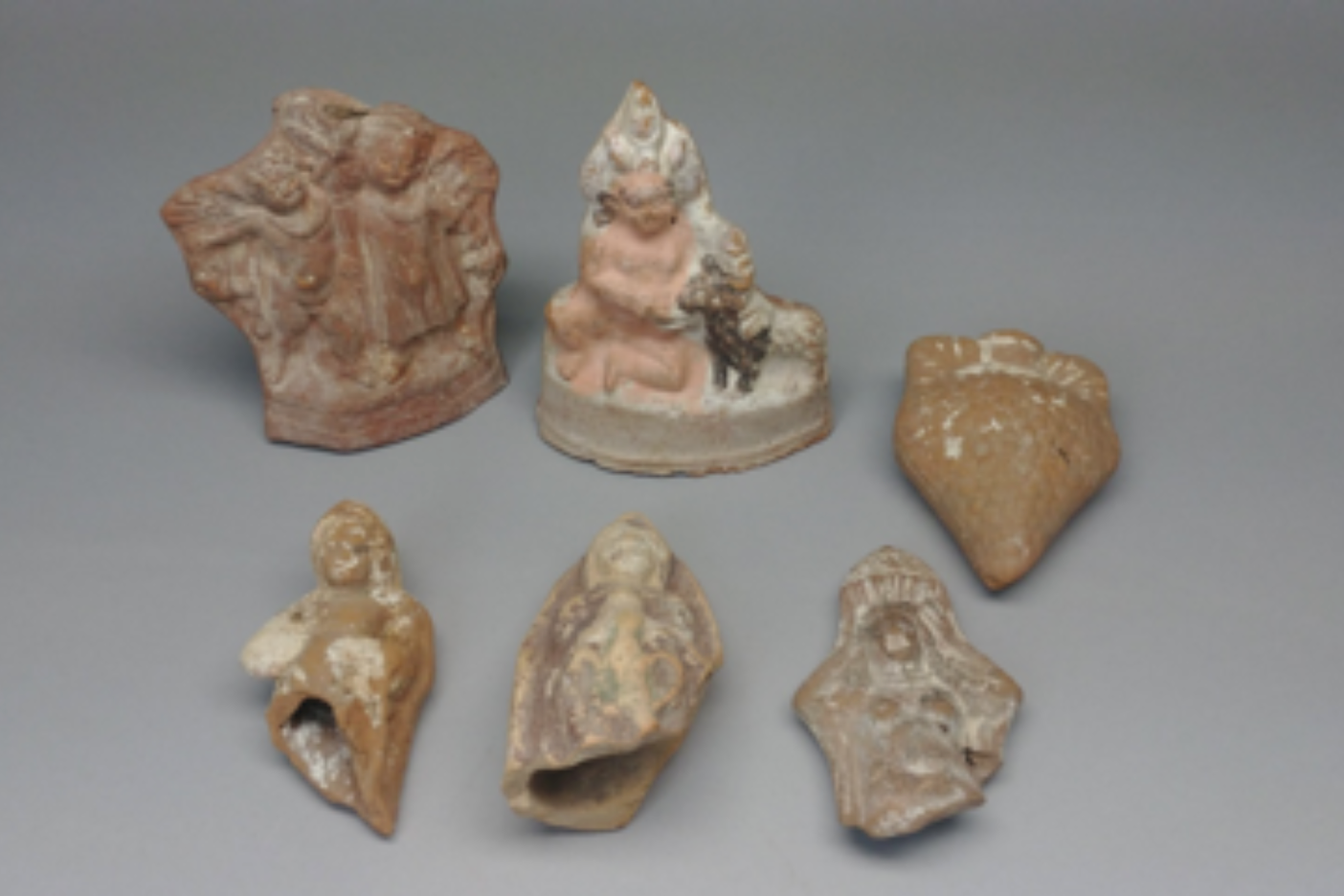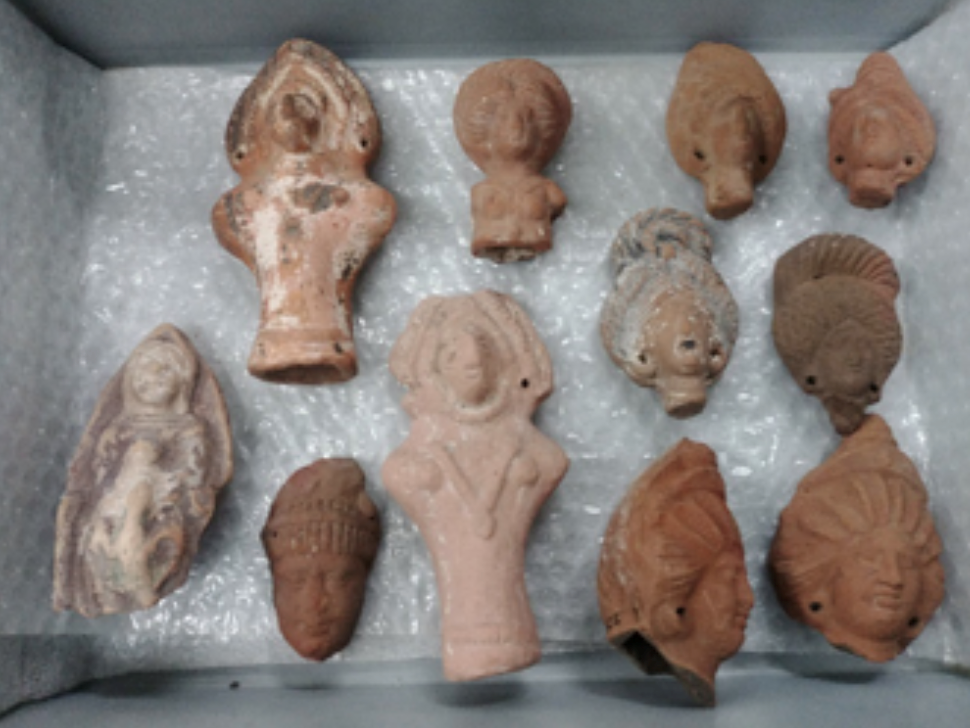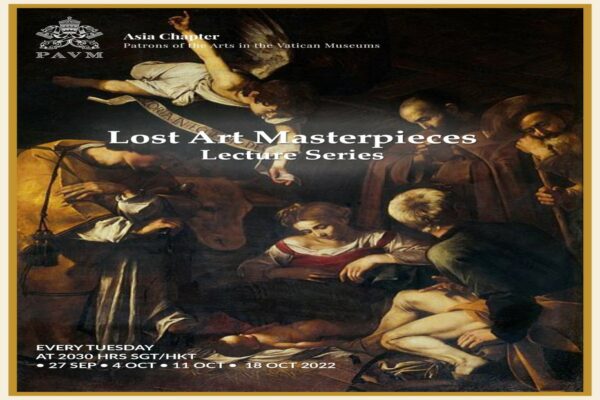Dear Patrons and Friends,
Many of you know about the vast art collection of the Vatican Museums. Today we will enter the Gregorian Egyptian Museum to see the restoration of the figurative terracotta figurines.
Since the foundation of the Gregorian Egyptian Museum (February 16, 1839), the Vatican started playing an active role in consolidating the international archaeological movement, thanks to the birth of Egyptology scientific studies.
Situated in Pius IV’s former apartments in the Belvedere, the Vatican Egyptiam collection is unlike any other large collections of Egyptian artifacts because it has mainly gathered artifacts preserved in Rome since the time of the Roman Empire.
Each restoration project linked to this exceptional collection enables restorers to learn more and more about the age of the Pharaohs and becomes an important reference point for scientific and comparative research.
Let’s enter the department of Ancient Egyptian and Near Eastern Antiquities! At this time, we would like to extend a special thanks to the New York Chapter for funding this project!
